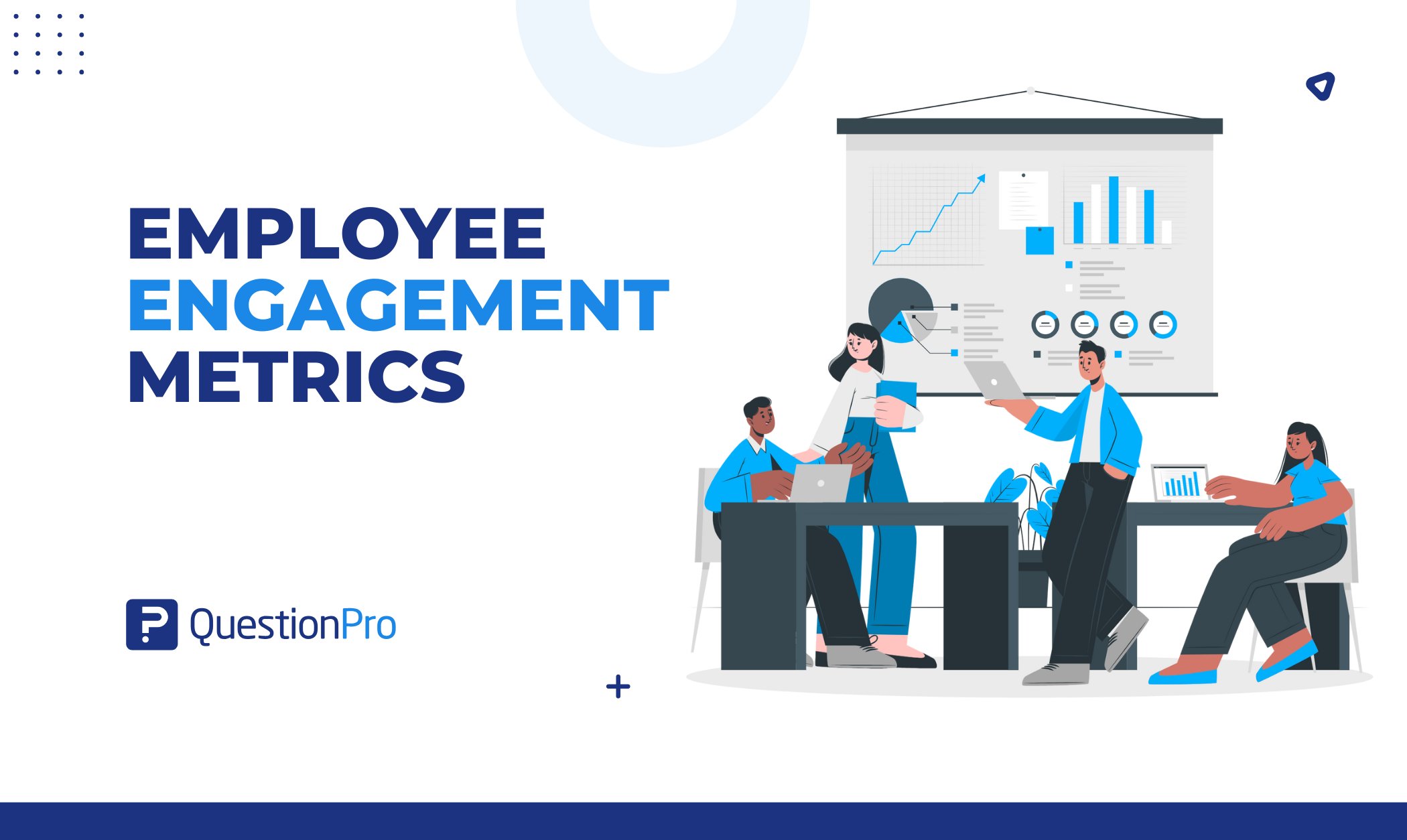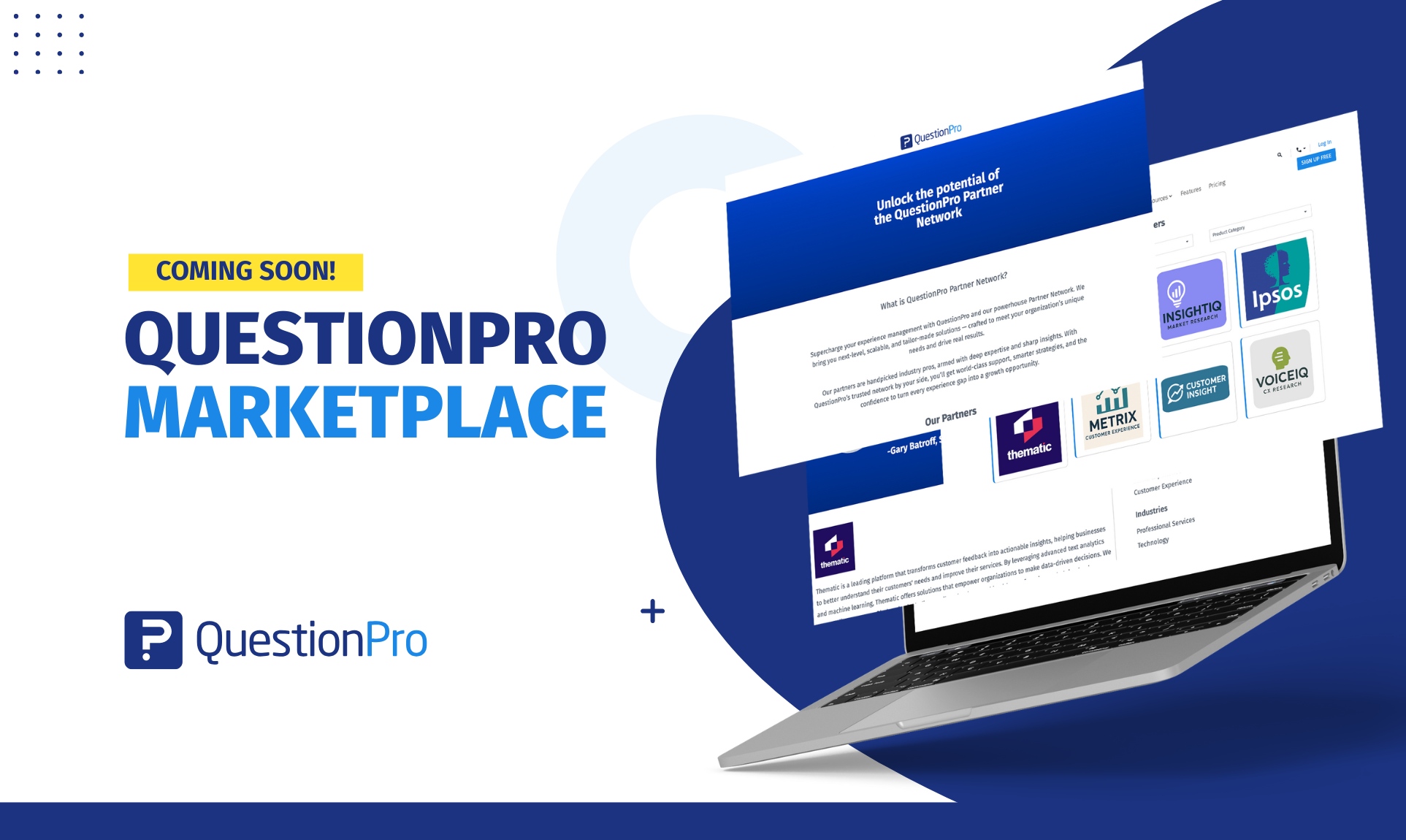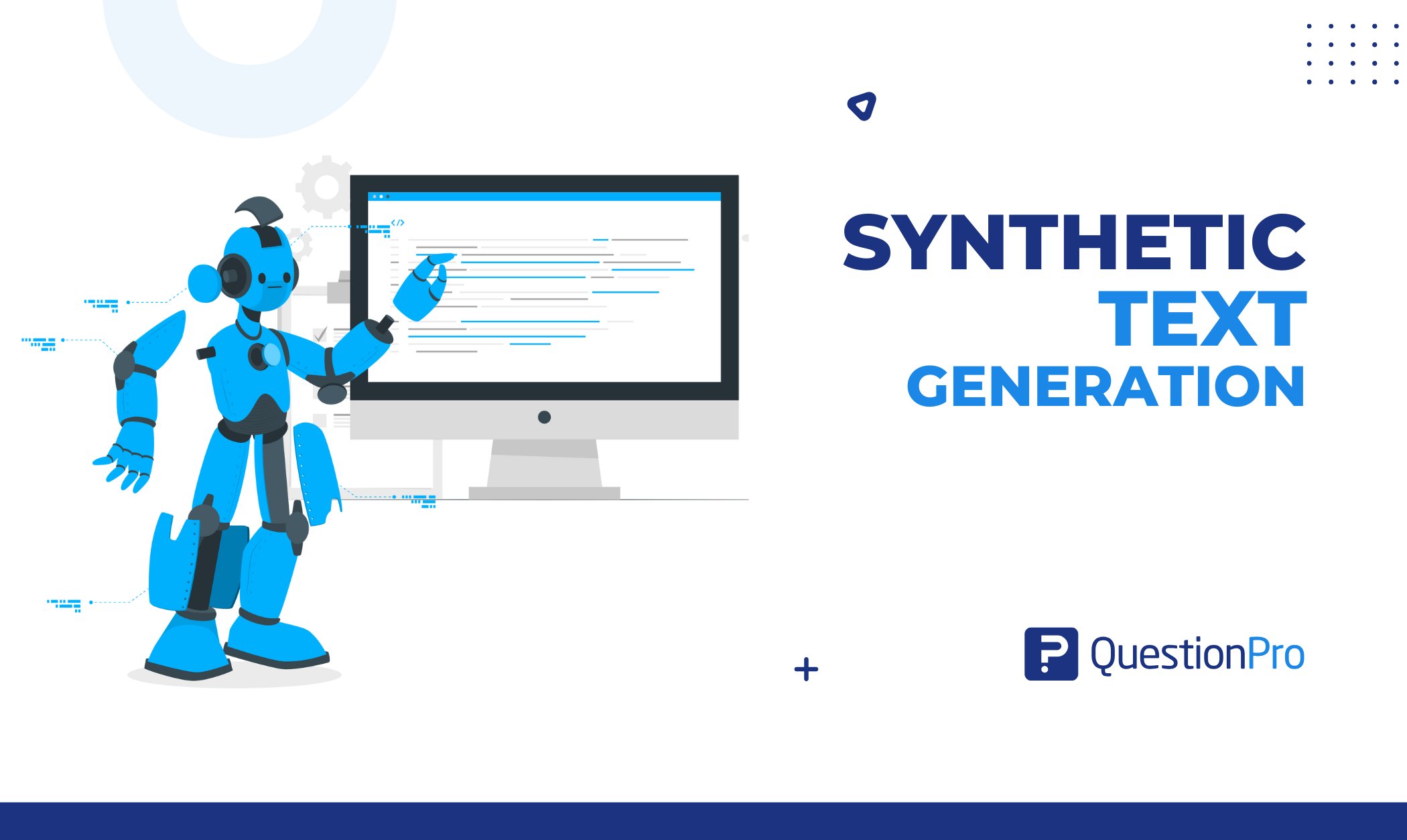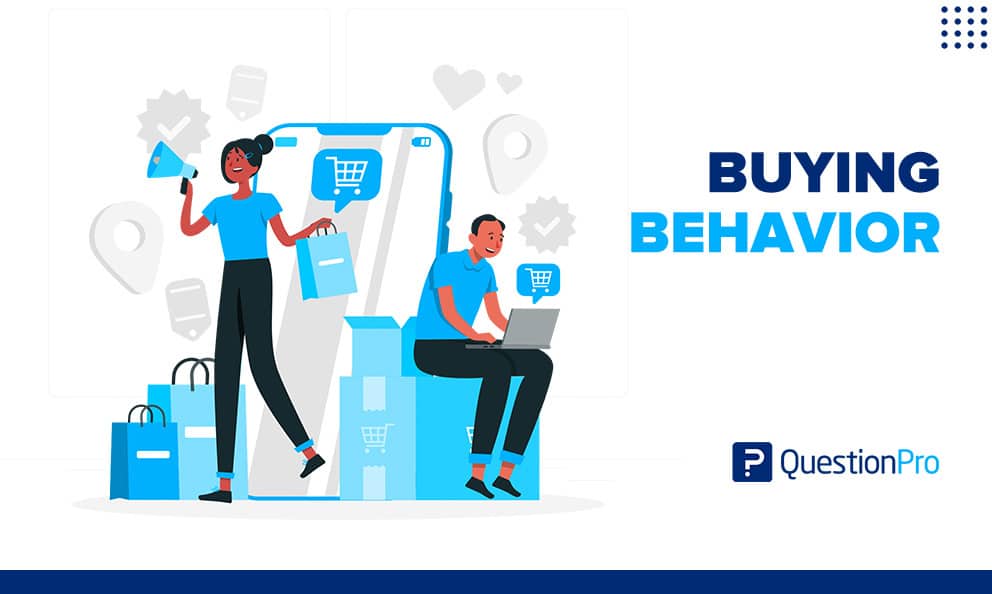
Understanding consumer behavior is important for marketing and commercial success. Understanding buying behavior is critical whether you are a business owner, marketer, or simply someone interested in human psychology.
In this blog, we’ll get into the details of buying behavior, why it matters, and how you can use this information to improve your marketing tactics.
Let’s go on an adventure to discover the wonders of consumer decision-making!
What is buying behavior?
Buying behavior is the series of actions and interactions a consumer performs before, during, and after a commercial transaction. Experts usually study this process in market research and business owners to detect areas of opportunity that allow them to improve their processes and how they market their products or services.
Consumers usually develop well-defined customer behavior patterns that, when analyzed, yield highly valuable insights that allow decision-making based on data.
Importance of buying behavior
Marketing campaigns have a large impact on purchasing decisions. Decoding consumer buying behavior and building products based on it will guarantee successful products and services in any industry.
Buying behavior defined:
- How a person thinks while choosing a product.
- What is influencing people?
- How do their friends and family influence the decision?
- Reason for discarding a particular product.
And if a product maker knows the above, they can easily figure out the trick to sell their product.
Four types of buying behavior
Four buying behaviors are common while making purchases. These purchase behavior patterns depend on brand or product differences and involvement. Let’s take a closer look at each one:
1. Extended decision-making.
It is also called complex buying behavior. This buying behavior can be observed for expensive products, which involve high investment and a group of people. It involves in-depth research as the customer won’t buy these kinds of high-end products daily, and high monetary risk is involved.
2. Limited decision-making.
Limited decision-making is buyer decision-making that is used when purchasing products that require a moderate amount of time and effort, where the buyer compares models and brands before making a final choice for the purchase decision.
3. Habitual buying behavior.
Habitual buying is the buying behavior of buyers/consumers where they make repeat purchases several times of an already known brand without the process of high involvement and decision. The product here is perceived as a commodity and doesn’t provide much difference from its rivals or competitors.
4. Variety-seeking buying behavior.
Variety-seeking or variety-seeking buying behavior is when a buyer desires to search for an alternative product even if the buyer is satisfied with a current product. In this case, the cost of switching products is mostly low, so the consumer may perhaps simply move from one brand to another.
Factors affecting buying behavior
Several factors affect purchase decisions. Businesses must understand these characteristics to create efficient marketing strategies and meet target audience needs. Key buying factors include:
- Psychological factors.
This is one of the major influences on customer buying behavior. These factors are powerful enough to influence a buying decision for a buyer but are very difficult to measure.
Factors like motivation to buy a product, perception of the other people towards the product, learning about the product (pros and cons), Attitudes and beliefs of previous consumers and other people also have an impact on influencing a buying decision
- Social factors.
We are social beings, and we live around many people and influence each other’s buying behavior. We try to imitate other people and wish to be socially accepted. Hence their buying behavior gets influenced by other people around them. Family, reference groups, roles, status, etc., are some factors that influence buying behavior.
- Cultural factors.
We are associated with a set of values and ideologies that belong to a particular community. Whenever a person comes from a particular community, his/her behavior is highly influenced by the culture relating to that particular community, influencing the buying behavior. Culture, subcultures, castes, religion, and other factors influence buying behavior culturally.
- Personal factors.
Factors that are personal to the buyers influence their buying behavior. These personal factors always differ from person to person, thereby producing different perceptions and consumer behavior. Some factors that influence buying behavior are age, personal beliefs, income, lifestyle, etc.
Five stages of consumer behavior
Consumer behavior can be explained by a five-step model that shows how people make decisions about what to buy and in what order. Let’s examine each step:
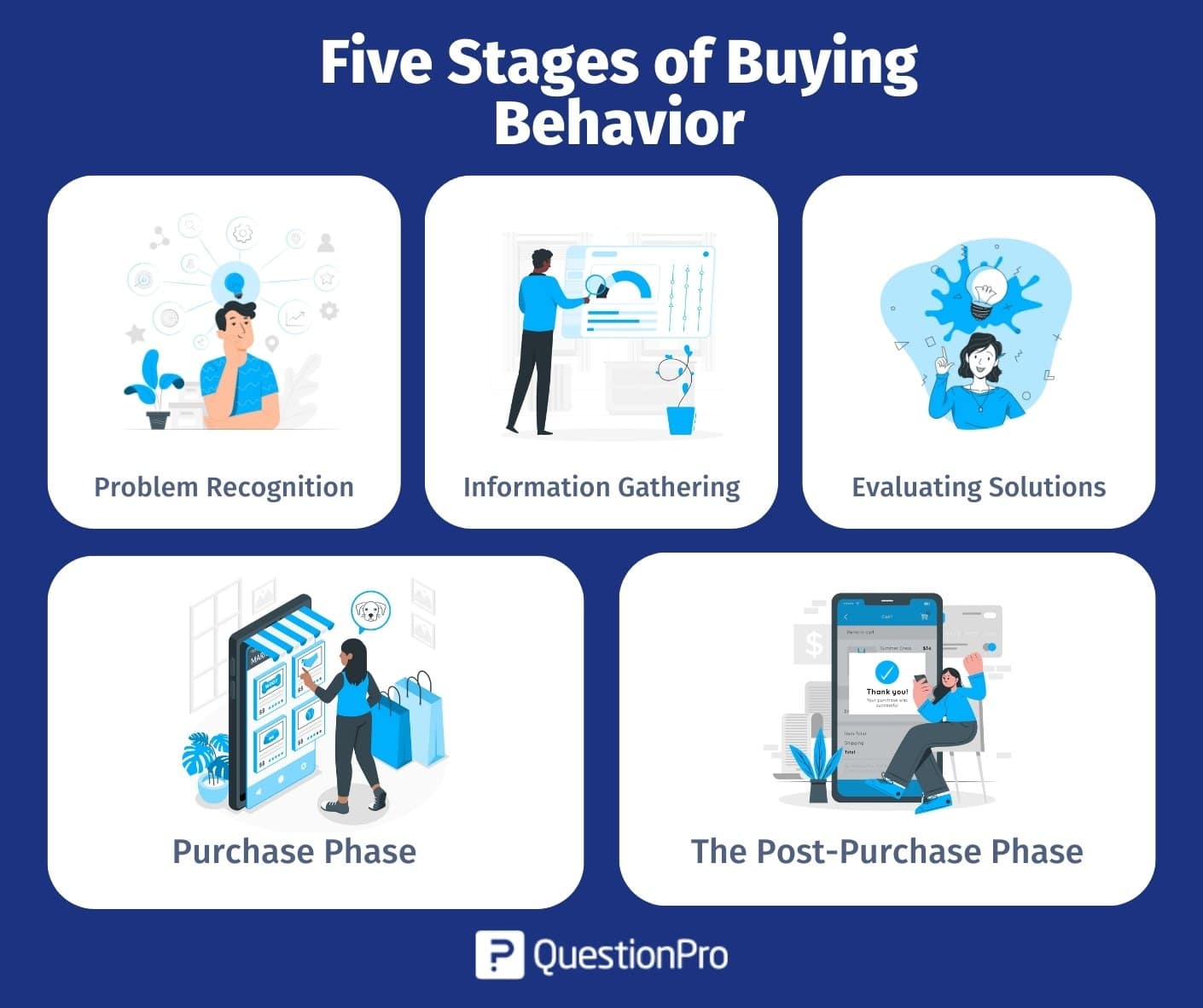
Stage 1: Problem recognition.
The buying behavior starts with the buyer having requirements with the product/service and with the problems they had with the previous product/service, which was either offered to them or bought by them. This is visible or obvious in several ways from the PV of a seller.
For example:
In some cases, the buyer might not know the product/service they are looking for or are unsure of the requirements they want in the product/service.
In some cases, the buyer knows what they are looking for in the product/service and are well prepared with the requirements they want to have in the product/service.
Ask yourself these questions to understand buying behavior:
- What scenarios or incidents will push people to look for your offerings?
- What are the different ways to create a demand for your products?
- How do you get people to realize a need you can fulfill?
Stage 2: Information gathering.
This might seem simple at first, but as soon as any potential buyer realizes they have a problem/issue with the service/product they use, the number one tool they turn to is Google.
This is where the brand comes in, targeting the buyers through SEO and ensuring the brand come into the sight of the right buyers whenever they google their problems/issues with a product.
For example:
For an office worker whose computer is slowing down, in this scenario, the office worker will most likely reach his colleagues. If the issue is not resolved, he will revert to Google to find different ways to get the issue resolved.
Stage 3: Evaluating solutions.
After researching, buyers typically shortlist brands or products for their needs. At this stage, the buyers look at specific solutions to their problems regarding the product they seek.
The objective here is to position your product as the best choice for the shopper. One of the best ways is to allow the consumers to ask questions through Q&A or FAQ on the brands’ website.
For example:
Someone dealing with a slow computer would decide whether to hire an IT expert, purchase software or buy a new one.
Stage 4: Purchase phase.
All the efforts have led buyers to choose your brand at the purchase phase of the customer journey. It is where the buyer is ready to get the credit card and buy the product.
It’s an excellent position, but don’t get in a hurry or be too happy.
You can still lose the prospect if you don’t offer them a smooth checkout experience. Always strive to make the process as quick and painless as possible for the buyer or consumer.
Stage 5: The Post-purchase phase.
Congratulations! You have now converted a looker into a buyer who is now a customer. Now is the time to gather feedback regarding the customer’s onboarding experience and their experience with the product and services offered, and ask them to leave a review and rating on the Google platform.
This will help increase incoming traffic and help in optimizing SEO. The more the lookers, the more the chances of converting them into a buyer! Online surveys are the most efficient method of conducting buyer behavior studies.
You can create a survey using survey software and send it to your target audience. You can also customize the survey flow to ask only relevant questions to respondents.
LEARN ABOUT: Consumer Decision Journey
Conclusion
Buying behavior is a complicated and multifaceted component of customer psychology critical to creating marketing strategies.
Businesses can obtain a competitive advantage and long-term customer connections by diving into the psychological, social, personal, and situational elements influencing consumer decision-making. With this complete guide, you now know how to handle the complicated world of purchasing behavior and use its power to make your business successful.
QuestionPro CX can help you learn more about your potential customers and conduct research studies. Connect with us if you need help designing a survey and collecting data. We’d be happy to help!
The consumer’s mood, social context, time, and purchase purpose affect their buying behavior. Your personality describes how other people see you. Market researchers believe people buy things to improve their self-esteem.
Customer behavior prediction has many methods. Primary or secondary research methods include internet actions, feedback analysis, focus groups, conversational marketing, and more.
When making a purchase, a buyer is surrounded by four important factors: the goods, the price, the promotion, and the sales channel.




